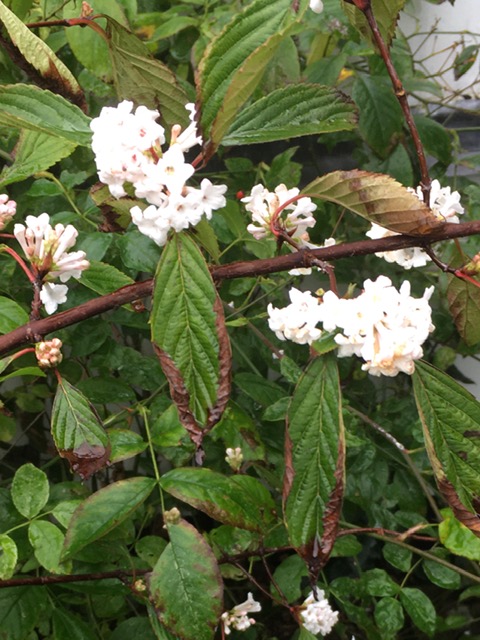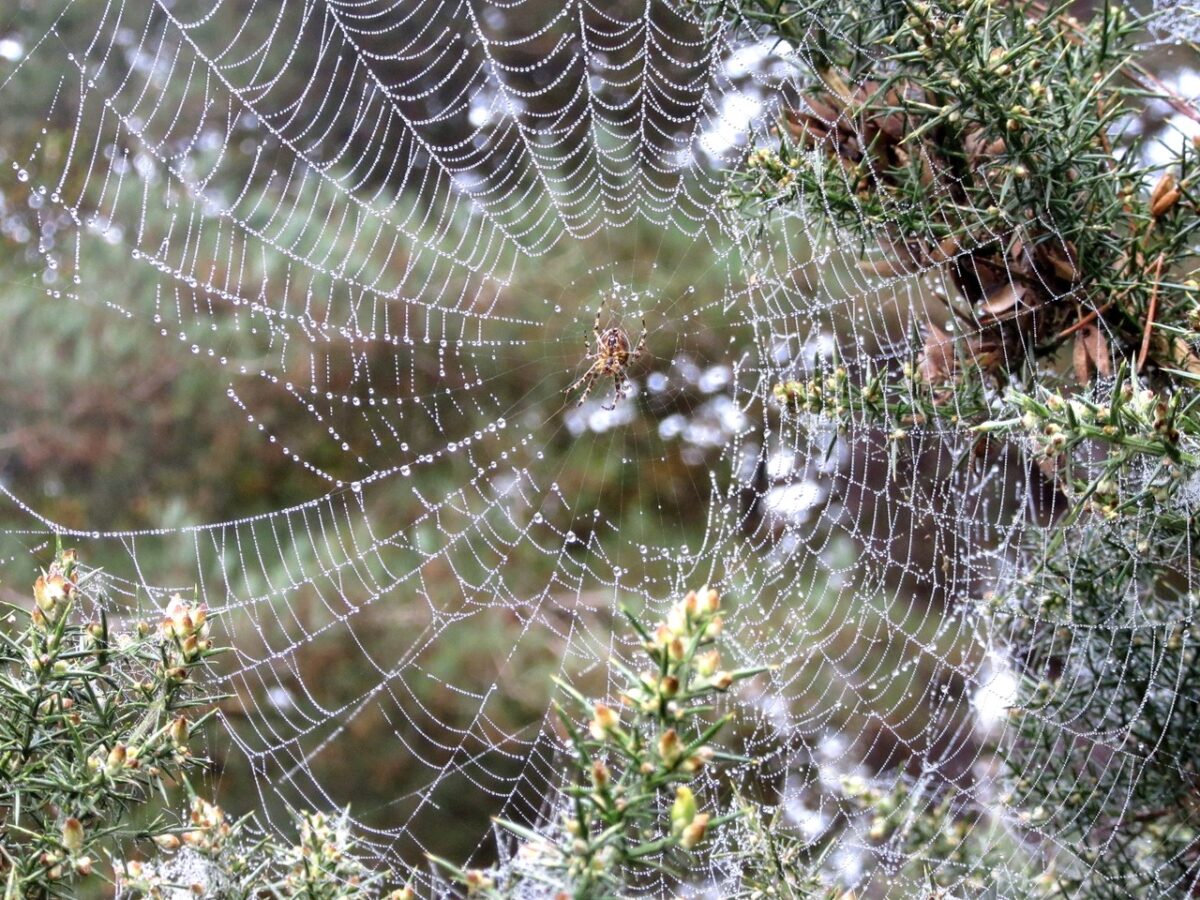I’m writing this on the fifth of November, having just got in from a long ramble. It’s been a dull, misty day and it was already dusk by 4pm. I was reminded of a gloomy poem by Thomas Hood called ‘November’. You have to read it out loud in an Eeyore voice to get the full, dismal effect:
No warmth, no cheerfulness, no healthful ease,
No comfortable feel in any member –
No shade, no shine, no butterflies, no bees,
No fruits, no flowers, no leaves, no birds –
November
Very evocative – except that it’s all wrong now. You need to remember that poor old Thomas Hood, who died at the age of just 45, wrote this in London in 1844 at a time when the city was often choked with thick smog and winters were much colder than now. None of his examples really apply today. We’ve just had some of the warmest autumn days ever, and I seem to have plenty of feeling left in the members that matter. Moreover, there are still green leaves on the trees. And I had to cut my lawn again last week – unthinkable even 50 years ago, let alone in Hood’s time. I also saw and heard quite a few birds today. Robins, wrens and a song thrush were all singing and the hedgerows were laden with autumn fruits for foraging winter migrants. Amazingly, I even saw a butterfly on the wing, too – a showy red admiral, nectaring on the late-flowering ivy. Indeed, some of last summer’s roses are still in flower, as well as next year’s daphne. It’s all topsy-turvy.

You might think it’s nice to see some life and colour so late in the year, but in truth we know it’s a terrible warning, a disturbance to the natural order that is already a crisis in some parts of the world and is rapidly heading our way. The political news is full of trivial distractions – think no further than the MP for West Suffolk – but there is just one subject that should preoccupy us. It’s the one government leaders are discussing at COP 27 in Egypt as I write. Call it the Environment, Biodiversity, Sustainable Growth or what you wish, but I like the older and richer idea of Nature. No one ever wrote a poem to Biodiversity, but our literature, arts, traditions and whole culture are all saturated with references to Nature as the source of some of our deepest emotions. Not surprising, really, since we are ourselves a part of nature.
So, remember, remember the fifth of November, and put a bomb under the government – just metaphorically, of course.
Jeremy Mynott
5 November 2022










